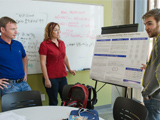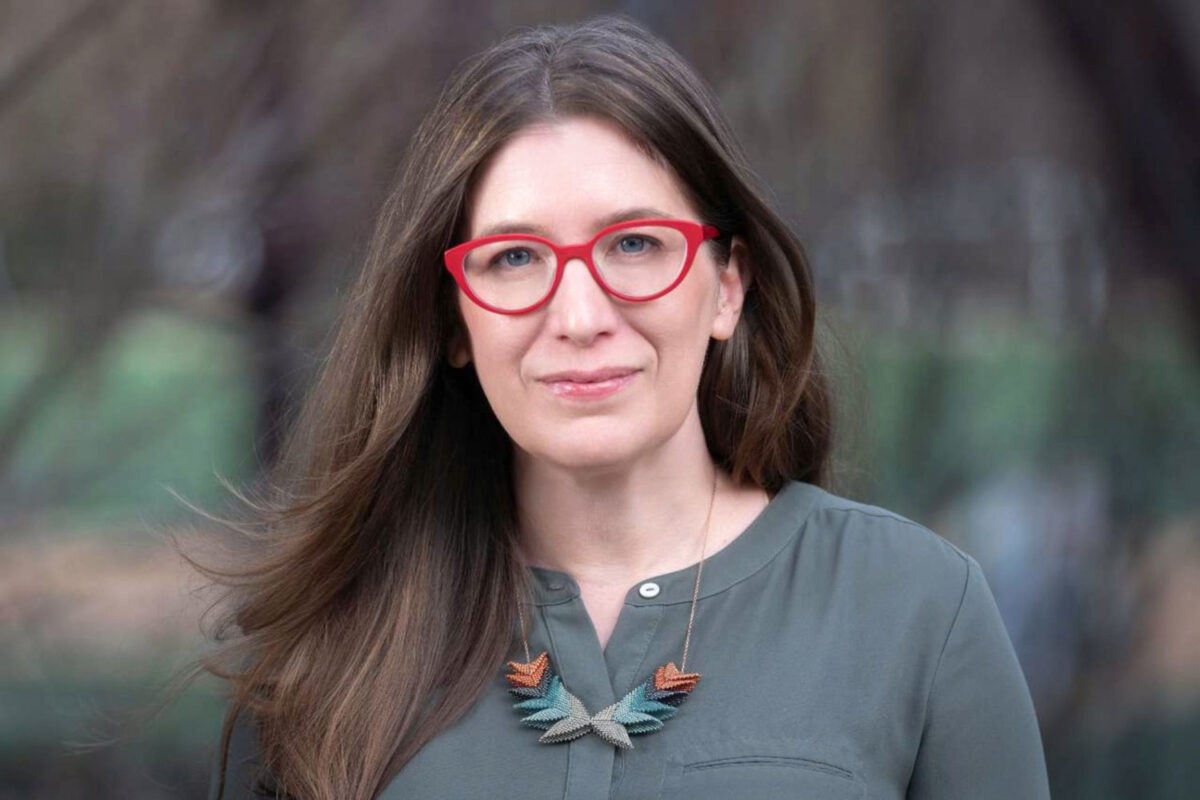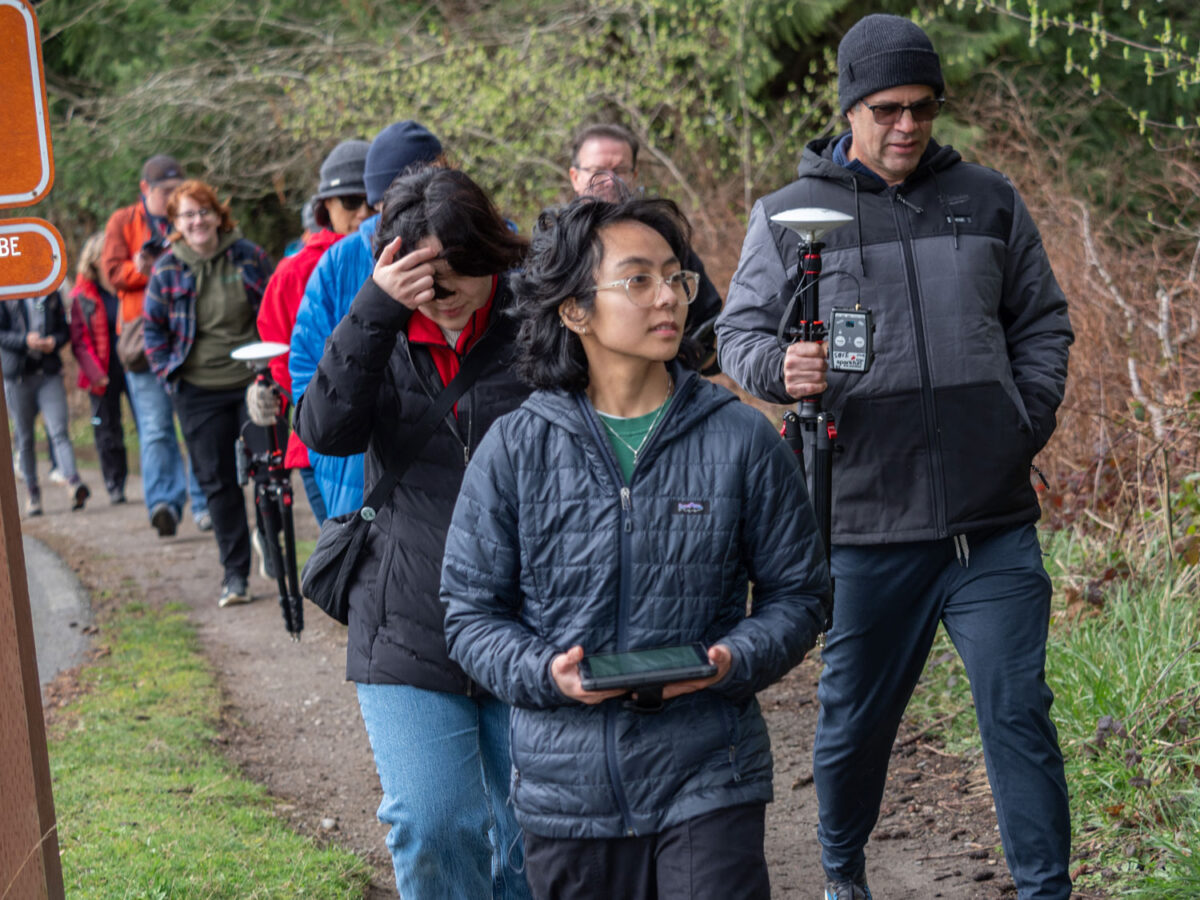
BOTHELL, Wash.- A research team in the University of Washington Bothell School of Science, Technology, Engineering and Mathematics has become a part of math history. Using a computer program written by an undergraduate student on the team, they discovered the 15th kind of pentagon that can tile a plane.
The team includes mathematics associate professors and research co-directors Casey Mann and Jennifer McLoud-Mann. Undergraduate researcher David Von Derau, completed his undergraduate degree at UW Bothell this past June with a major in math and a minor in computer and software systems (CSS).
Mann says for those in the math world, finding this tile is analogous to finding a new atomic particle. “Aside from the practical uses of this new knowledge, which would include a whole different way to tile a floor,” he says, “the impact of this new tile moves us one step closer to having a complete understanding as to how shapes can fit together on a plane.” This discovery, which the co-directors agree that children can understand, could ultimately have practical uses in many areas, including biochemistry, chemistry, and structural design.
While a triangle and a square can be tiled in limitless shapes and sizes, it is mathematically proven that convex polygons with more than six sides cannot. Tiling with a non-traditional pentagon is a challenge that many have accepted over the past century, but few have been successful, including a German mathematician who discovered five pentagons that tile in 1918 and a San Diego housewife who also discovered five. The UW Bothell 15th tile discovery is the first in 30 years.
Mann and McLoud-Mann specialize in tiling and knot theory and have been working on finding the new pentagon tile since their arrival at UW Bothell two years ago. Von Derau arrived at about the same time and brought to his classes a wealth of experience in software programming or, as he puts it, “getting the computer to do what you want.” Von Derau joined the team six months into the research process and was handed an algorithm developed by the co-directors. He automated the process and the rest is literally history, but it may not stop there. The team will look for additional tiles by running a tweaked version of Von Derau’s computer program on Hyak, the high performance computers on the UW Seattle campus.
When Von Derau came to UW Bothell, he was already a professional software developer at the research and development company Viavi. He says he simply wanted to complete his undergraduate degree. Instead, McLoud-Mann engaged him the way most UW Bothell professors engage their students in a leading-edge educational experience. “First, Jennifer talked me into founding the math club,” he says. She went on to engage Von Derau in research. “I like working with undergraduate students on unsolved problems to share that first research experience,” she explains. “They see the process, continue on a path to graduate school, to continued research. It’s exciting.”
Von Derau, excited by the challenge, continues working with the team beyond graduation and the discovery. He was also recently promoted to research
scientist at his company, but says the thing that will really excite him is seeing his name in Wikipedia for the 15th pentagon tile.
About UW Bothell: Ranked No. 1 in the state of Washington and the Pacific Northwest on Money magazine’s list of best colleges, UW Bothell provides access to an exceptional University of Washington education for students of tremendous potential. Offering more than 45 undergraduate and graduate degrees, options, certificates and concentrations, UW Bothell builds regional partnerships, inspires change, creates knowledge, shares discoveries and prepares students for leadership in the state of Washington and beyond.



